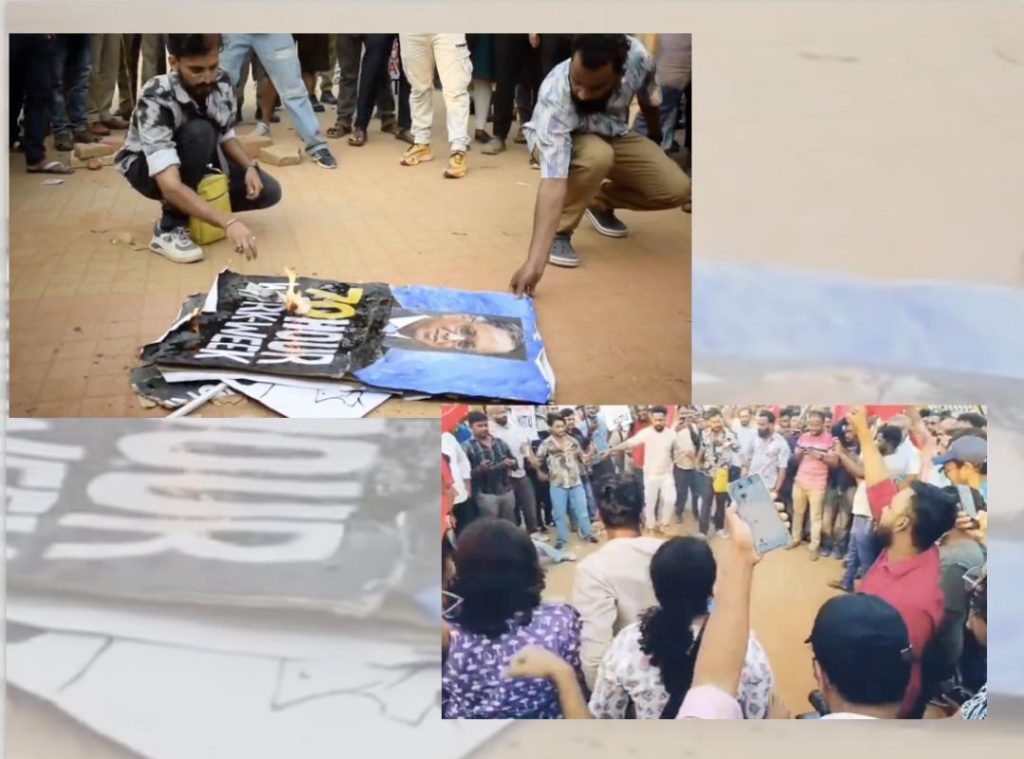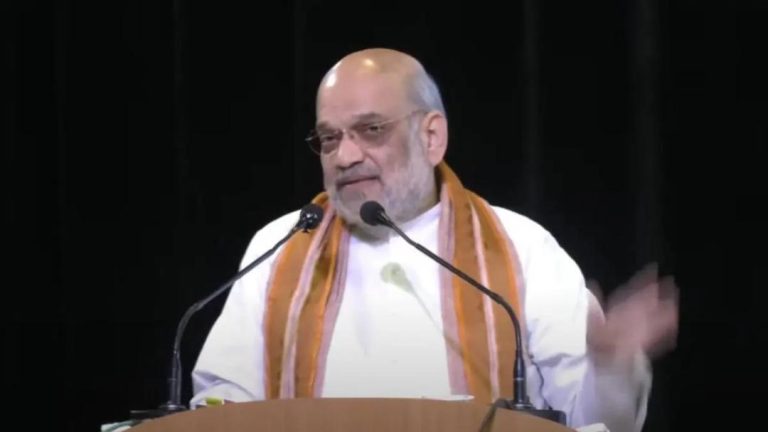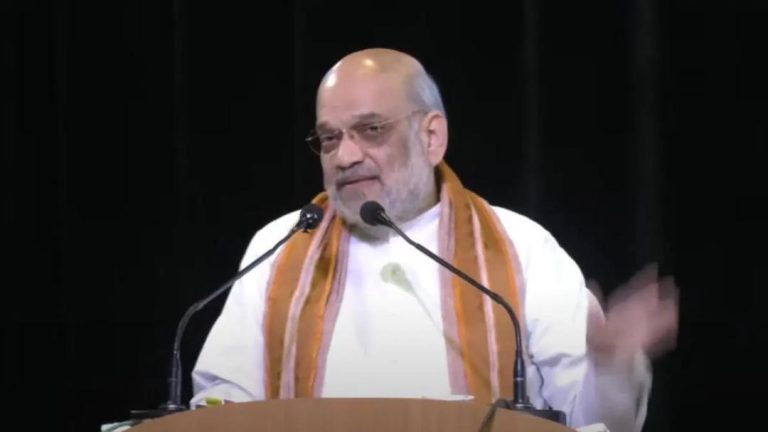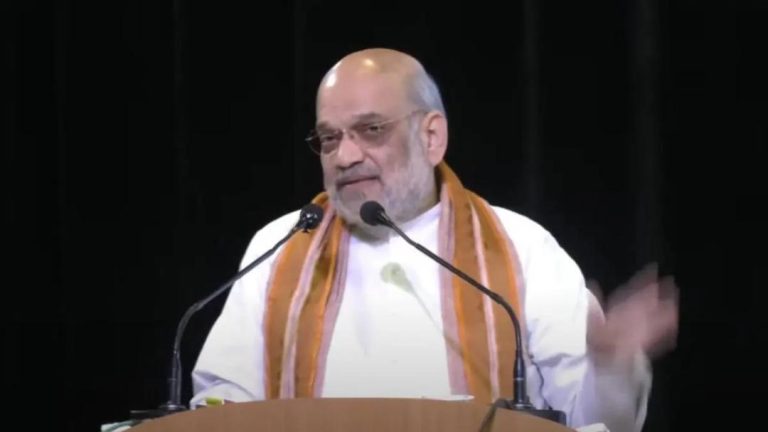
IT Employees Burn Murthy, L&T Chief’s Effigies for Proposing Longer Workweeks
The tech industry has long been criticized for its demanding work culture, with employees often working long hours without adequate compensation or recognition. Recently, two prominent figures in the industry, Infosys Founder Narayana Murthy and L&T Chairman SN Subrahmanyan, sparked outrage by suggesting that employees should put in even longer hours. In response, IT employees in Bengaluru took to the streets to protest, burning effigies of the two executives in a bold display of dissent.
The controversy began when Murthy, known for his tough-love approach to business, suggested that employees should be willing to put in 70-hour workweeks to succeed in the industry. This comment was met with skepticism and even outrage from many in the tech community, who felt that it was unrealistic and unfair to expect employees to work such long hours without adequate compensation or benefits.
Subrahmanyan, the Chairman of Larsen & Toubro (L&T), then weighed in, suggesting that employees should be willing to work 90 hours a week. This comment was seen as even more egregious, and sparked widespread anger and frustration among IT employees.
In response to these comments, the Karnataka IT Employees Union (KITU) organized a protest in Bengaluru, which drew hundreds of employees from across the city. Despite attempts by the Bengaluru Police to stop them, the protesters managed to burn effigies of Murthy and Subrahmanyan, a powerful symbol of their discontent.
The protest was a significant event, marking a rare instance of IT employees taking a stand against the industry’s powerful leaders. The incident highlights the deep-seated frustration and resentment that many IT employees feel towards the industry’s demanding work culture, and the lack of recognition or compensation for their hard work.
The IT industry has long been known for its demanding work culture, with employees often working long hours without adequate compensation or benefits. This has led to widespread burnout and dissatisfaction among IT employees, who often feel overworked and underappreciated.
The comments made by Murthy and Subrahmanyan were seen as insensitive and out of touch with the reality of the industry. Many IT employees feel that they are already working long hours, and that the industry’s focus on productivity and efficiency comes at the expense of their well-being and quality of life.
The protest was a powerful statement of discontent, and a reminder that IT employees will no longer be taken for granted. The industry’s leaders must take note of the concerns and frustrations of their employees, and work to create a more sustainable and equitable work culture.
The incident also highlights the importance of employee unions and labor organizations in protecting the rights and interests of IT employees. KITU, the union that organized the protest, has been a vocal advocate for the rights of IT employees, and has worked tirelessly to improve working conditions and benefits for its members.
In conclusion, the burning of effigies by IT employees in Bengaluru is a powerful symbol of their discontent and frustration with the industry’s demanding work culture. It is a reminder that IT employees will no longer be taken for granted, and that the industry’s leaders must work to create a more sustainable and equitable work culture.






